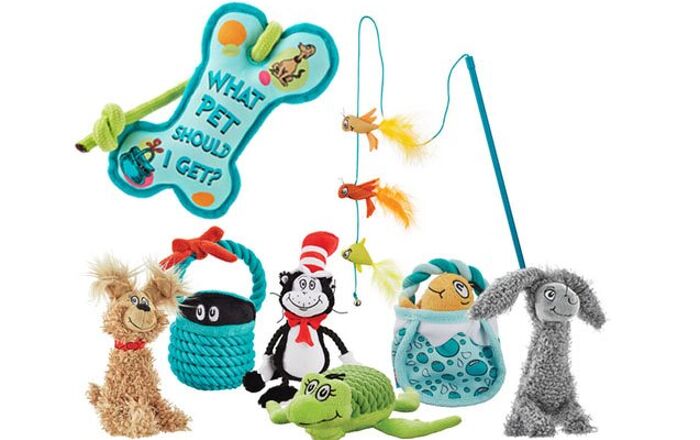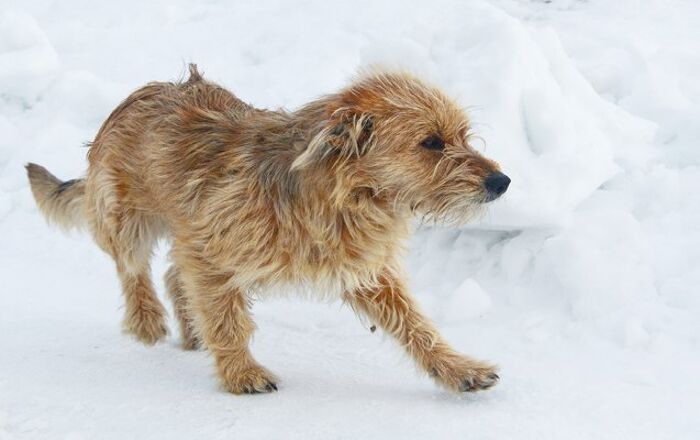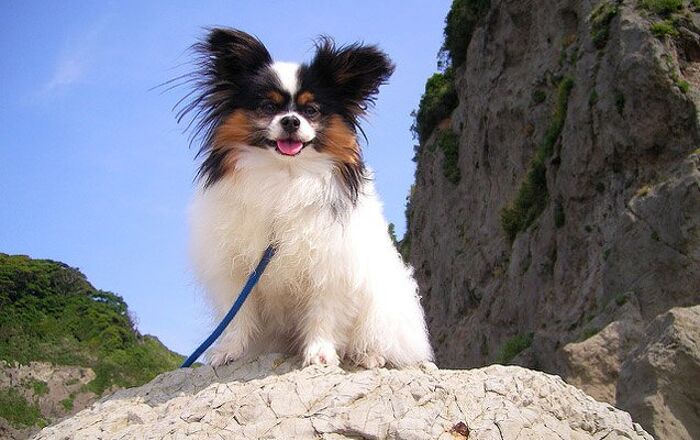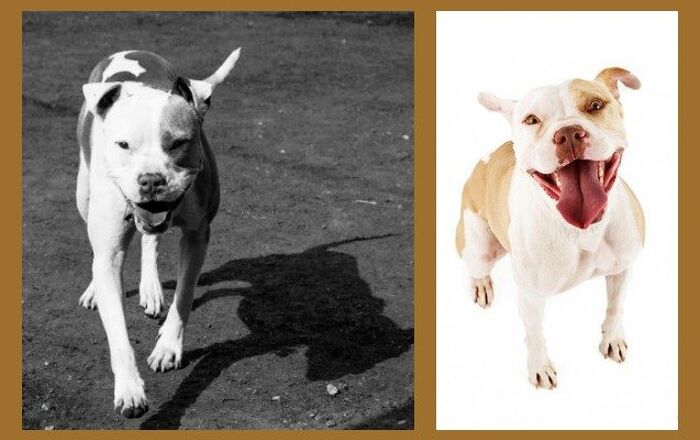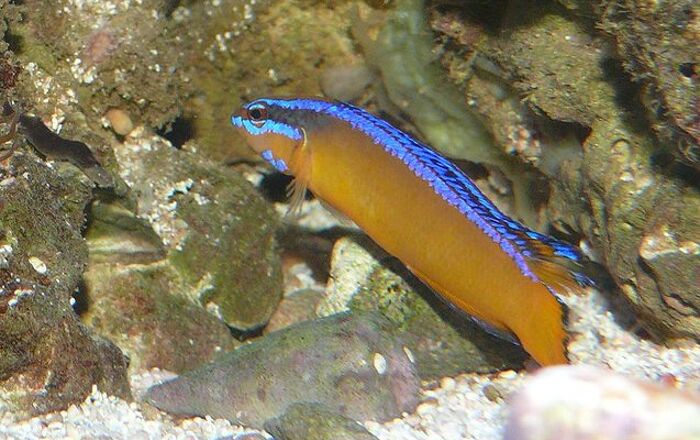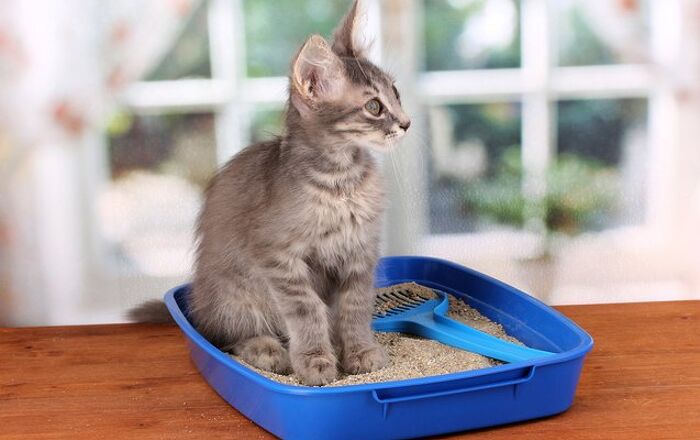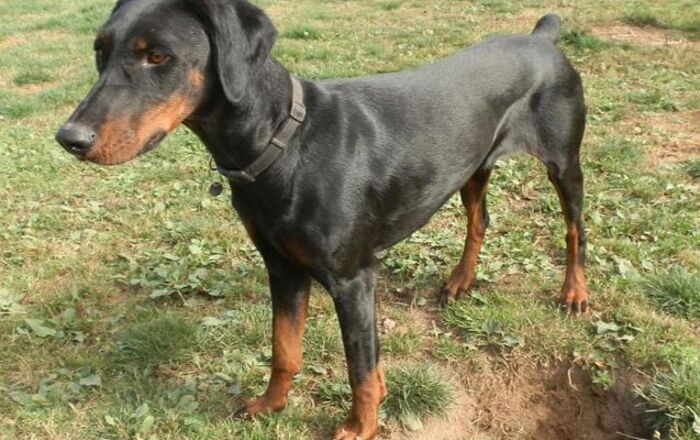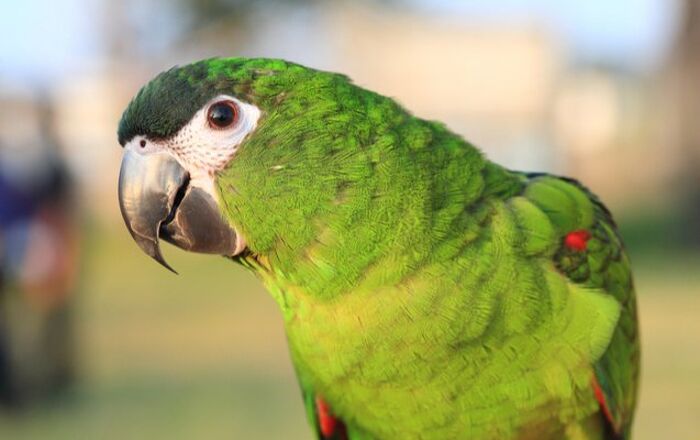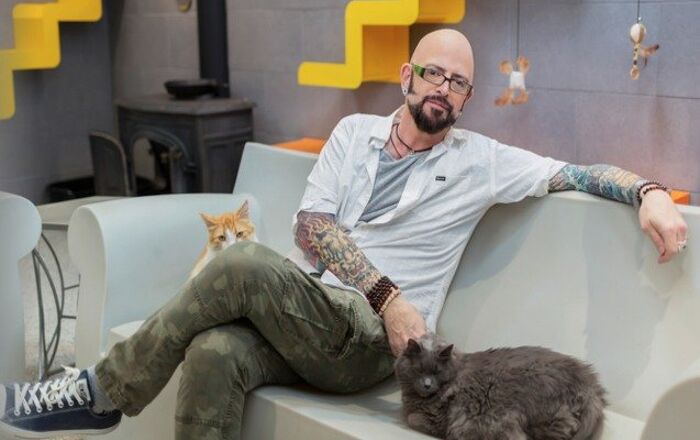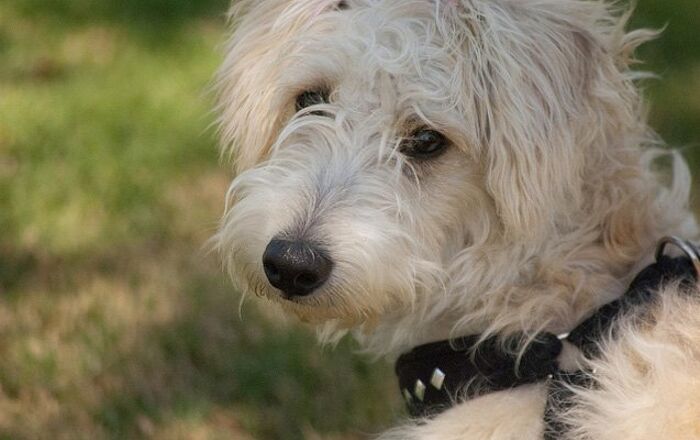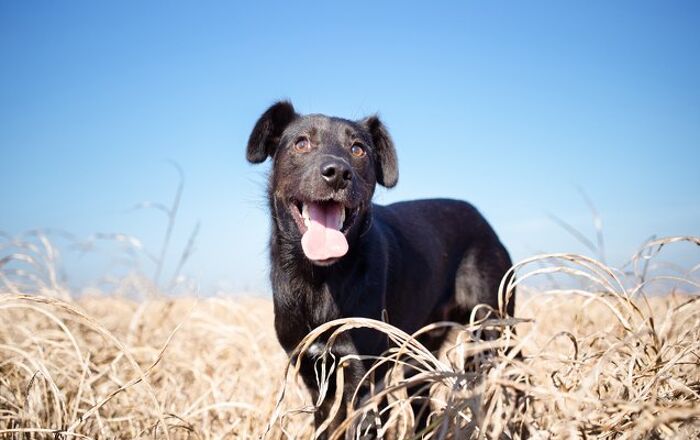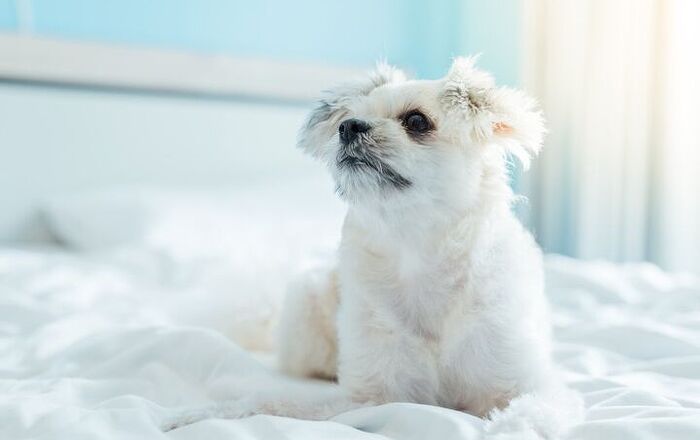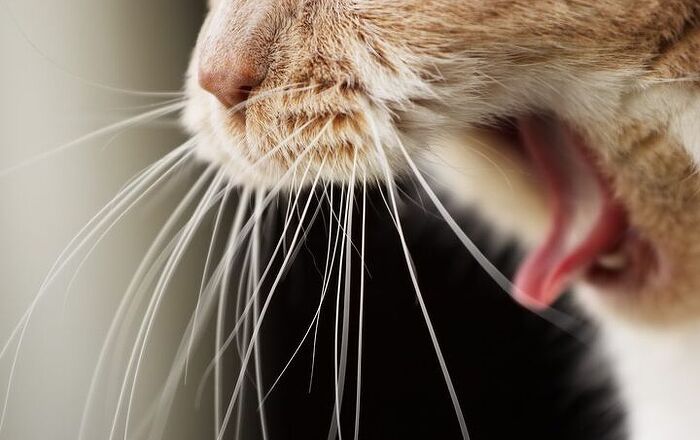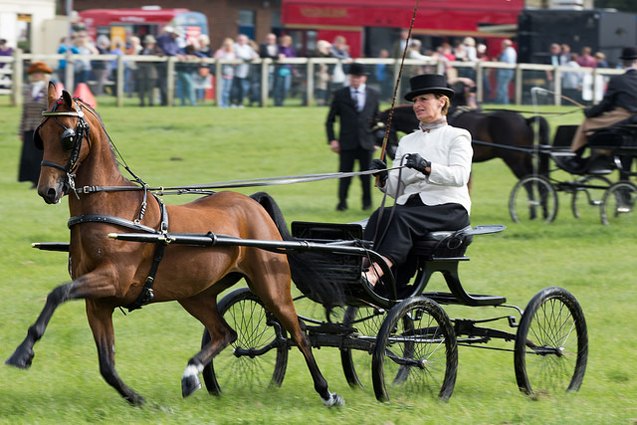
Hackney Horse Breed History
The Hackney Horse is an equine breed that has two branches: the pony and the horse. It originated during the early part of the 1700s in England, and it was produced by crossing Thoroughbred horses with Arabian horses. Horses were then crossed with the Norfolk Trotter, which was another equine breed that was commonly found in England. The result was the Hackney, which is a light, refined horse that has a dynamic trot, along with plenty of spirit and style.
Once the Hackney Horse was crossed with the Welsh Pony, the Hackney Pony was created, and these smaller horses retained a lot of the characteristics of the Hackney as well.
Hackney horses enjoy being around handlers and being petted.
By the late 1800s, Hackney horses were being imported to the US from England. It was during that time that the goal was to breed a particular pony type by crossing the Hackney Horse with ponies that had good motion and conformation. As a result, 95% of all of the registered Hackneys that are in the United States today are ponies.
The English Hackney Horse Society was set up in 1883 in order to develop the integrity of the breed, as well as preserve Hackney Horse lines. The society held its first annual show in London in 1885, and the American Hackney Horse Society was created in 1891.
The production of the automobile eventually eliminated any demand for carriage horses that were needed for transportation, so the Hackney Horse is mostly used in the show ring today.
Breed Traits
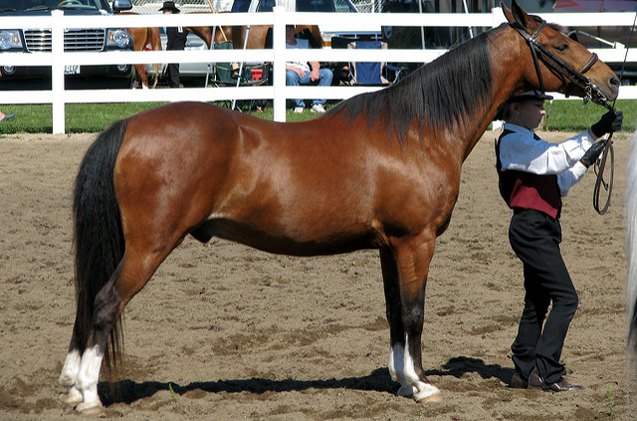
The Hackney Horse is a highly intelligent breed that can be nervous and high-strung, so these animals need to be handled and trained carefully by those who are experienced in working with equine companions.
These horses can be mild and gentle, as well as loyal and eager to please, but they are known for being tenacious as well. They can be trained to perform a variety of tasks, and they do enjoy being around handlers and being petted.
When in motion, the Hackney Horse seems as though it’s floating over the ground.
Overall Description
Both the Hackney Pony and the Hackney Horse are known for their high action in both the back and front legs. They feature a proud appearance and snappy motion. Their eyes and ears are alert, and they also showcase disciplined carriage of the tail and head.
While the Hackney Pony is small, coming in under 14.2 hands (58”), it does have a trim, fine head that features small ears, as well as trim feet and legs and a balanced body. The back is short and the tail and the head are well arched.
The Hackney Horse, on the other hand, is proportionately heavier, and its height can average anywhere from 14 to 16 hands. Also, this horse is heavily muscled and sturdy, and it features a wide, broad chest, arched neck, and deep body. The head is small and features a clean-cut throat and jaw, well-shaped ears, and a delicate muzzle. The neck is crested and muscular, the shoulder is powerful and long and gently slopes down to the horse’s back, and the tail is moderately dense and dark.
When in motion, the Hackney Horse seems as though it is floating over the ground. It is known for its style and showiness, and it has a distinctively high knee and hock action that is the result of good flexion in the joints. These animals have a recognizable moment of suspension, and they will reach out the front legs from the shoulders on every stride. The hind legs are also flexible, allowing for the legs to rise, bend the hock, and reach forward during every stride as well.
The Hackney is a breed that has two branches: the pony and the horse.
Colors
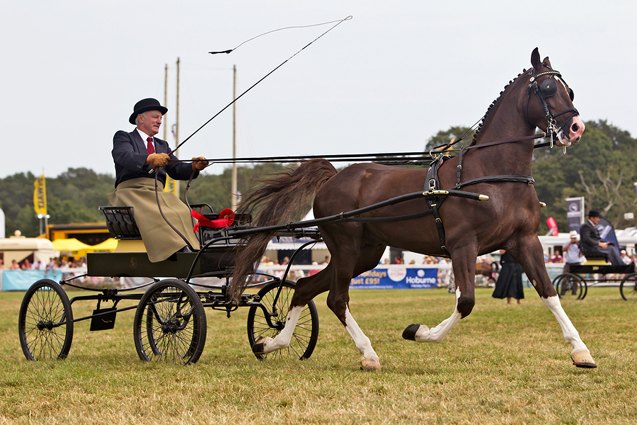
Dark colors are most commonly seen in the Hackney breed. You will often find horses that feature brown, black, chestnut, and bay colors, and some horses can even be spotted.
Grooming Requirements
The Hackney Horse enjoys being groomed and getting plenty of attention, so regularly grooming your equine companion is the best way to develop a strong and lasting bond.
A standard grooming practice is all that you need to keep the Hackney Horse looking beautiful and healthy. Therefore, you can start with a hoof pick to remove debris and dirt that has become lodged in the animal’s hooves. A curry comb can be utilized to dislodge any debris and dirt that has become tangled within the hair or that has gotten stuck to the horse’s skin.
You can also use a body brush or a soft brush to get rid of excess debris that has been loosened up with the curry comb, and a mane comb and a tail comb can be used to untangle delicate hair. Finally, a grooming cloth can effectively clean delicate areas around the ears and eyes, and it can also wipe away dust that has been left behind by other grooming tools.
Photo credit: KevPBur/Flickr; Kay Schlumpf/Flickr; i4lcocl2/Bigstock

